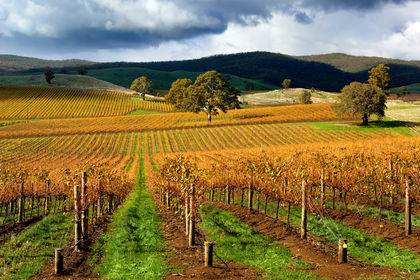



Article by: Hari Yellina
The agricultural sector in Australia is expected to have another successful year in 2021-22, with the gross value of agricultural production expected to climb for the fourth year in a row. High to record-high agricultural prices and production volumes reaching record levels in some Australian commodities, according to the latest Rabobank report, the Australian Agribusiness Outlook for 2022, represent a continued recovery from the 2017-2019 drought and position Australian agriculture for a strong year ahead.
Over the rest of this year, the Rabobank Rural Commodity Price Index, which tracks local prices of essential commodities, is expected to fall from record highs hit in December 2021, albeit it will still be 5% above the five-year average (and 16% above the pre-COVID five-year average). While there will be some pressure on farming margins in 2022 compared to 2021, RaboResearch senior commodities analyst Cheryl Kalisch Gordon expects another good year for Australian agriculture. “Drought and poor weather in major farming regions around the world, significant stockpiling demand in the face of probable food shortages, and COVID-induced labour shortages hampered intensively-produced agro goods and transportation,” Gordon added. “This brought rain to many agricultural areas throughout the world, but a silver lining for Australian agriculture.”
Gordon went on to say that 2021 was a “once in a blue moon” year for Australia’s agricultural sector, with extremely high prices combining with “favourable to highly favourable” production circumstances in Australia. “For the second year in a row, rising commodity prices corresponded with favourable to extremely favourable Australian production circumstances,” Gordon added. “High pricing also generated very lucrative positions in commodity areas when production was lower.”
At the same time, the bank anticipates “less evident possibilities” for Australian agriculture in the coming year. Meanwhile, the forecast for agricultural productivity in Australia is mixed. “We can’t expect a repeat of the record grain and oilseed harvest we saw for the 2021/22 season at this stage,” Gordon added. “However, given the extended period of good seasonal circumstances we’ve experienced in most regions that have enabled significant stock rebuilding, we do predict year-over-year increases in slaughter numbers for both cattle and sheep.”
According to the analysis, Australia’s agricultural sector will face certain challenges in 2022. This will cover the ongoing effects of COVID, as well as inflation, global policy tightening around economic stimulus measures, supply chain difficulties, and geopolitical concerns. “Getting the policy settings on withdrawing stimulus and managing inflation right will be important to preserving economic growth and consumer demand in many economies,” Gordon said. “However, we expect Australia to need to work harder on diversifying into different destinations as markets loosen.”